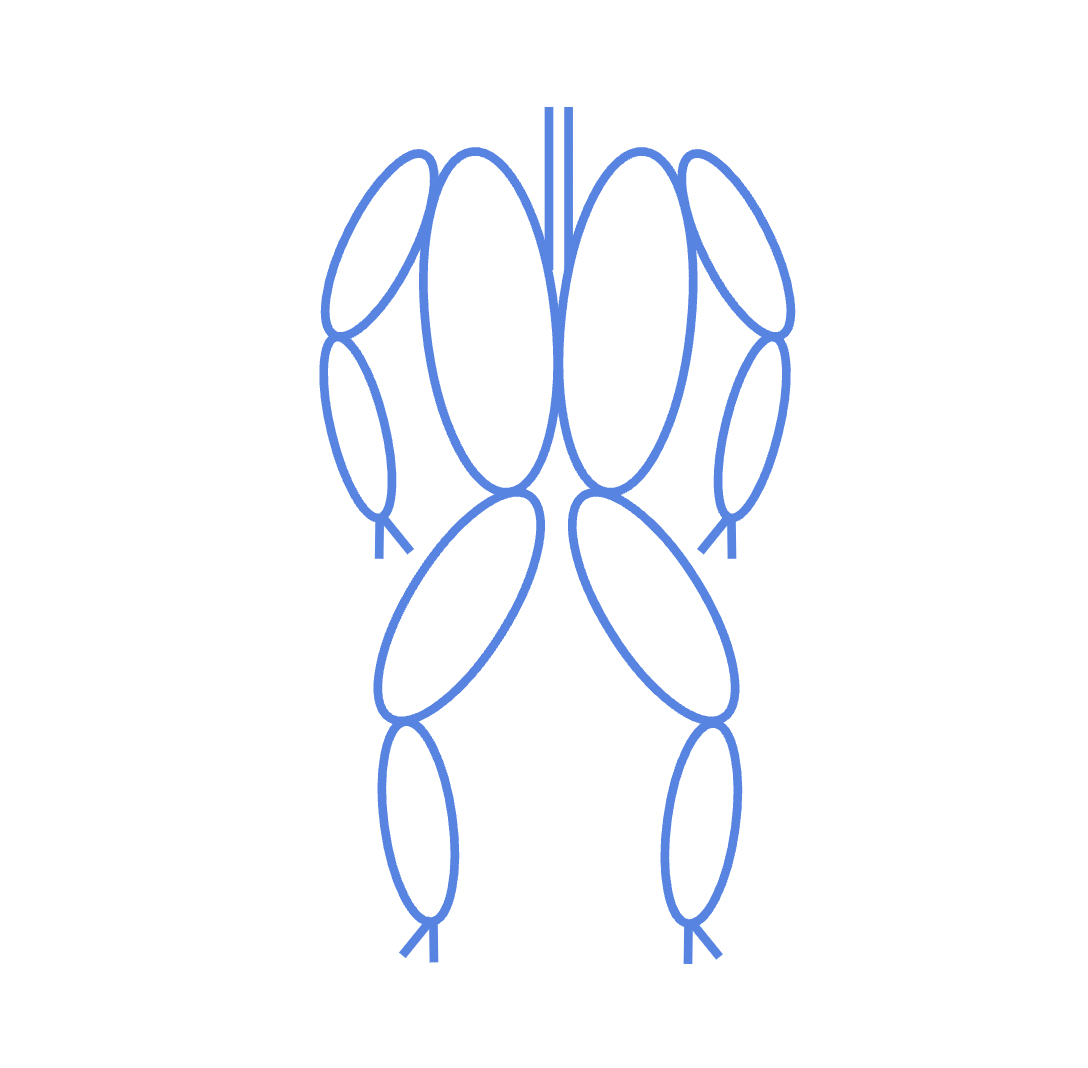Fascination w/ Biomechanics
Most people hear the word “biomechanics” and think of a lab coat, a chalkboard full of equations, or a sports scientist breaking down sprint times. But at its core, biomechanics is simple: it’s the study of how living systems move.
For humans, it’s the bridge between anatomy (the parts of your body) and physics (the laws of force, energy, and motion). It’s how your bones, joints, muscles, fascia, and nervous system all come together to produce movement.
And it’s endlessly fascinating — because while we know a lot, we are still only scratching the surface.
The Body as Living Physics
Your body is not a collection of parts stacked like blocks. It’s a living physics experiment.
Bones act as levers.
Muscles pull on those levers like ropes and pulleys.
Fascia creates a web of tension that holds everything together, like elastic scaffolding.
The nervous system times it all, synchronizing thousands of micro-movements.
But here’s the catch: this system isn’t mechanical in a rigid, robotic way. It’s elastic, adaptive, and spiral.
When you take a step, your foot doesn’t just land — it coils into the ground. Your ankle rotates, your knee spirals, your hip shifts, your ribs counter-rotate, your shoulder balances the movement, and your head rides on top like a gyroscope.
Every part matters. Every part interacts. And that’s what biomechanics tries to understand.
Spirals, Chains, and Elastic Energy
One of the most fascinating things about biomechanics is that human movement is spiral-based, not linear.
Your body is made of chains — toes to ankles, knees to hips, hips to ribs, ribs to shoulders, shoulders to head.
These chains don’t just move up and down — they rotate and counter-rotate in complex spirals.
Force isn’t just pushed in one direction; it coils, transfers, and recoils through the system.
This spiral logic is why you can walk without thinking about it. It’s why you can throw a ball, swing a racket, or sprint across a field. It’s also why when one joint locks up or collapses, the whole chain suffers.
And this is where fascia comes in. Unlike muscles that contract and relax, fascia stores and releases elastic energy. It’s like having a network of rubber bands wrapped around your skeleton. Done right, movement isn’t heavy or effortful — it’s spring-loaded.
That’s how a cheetah can sprint at 70 miles per hour, how a cat can fall from a tree and land softly, how birds take flight without tearing their joints apart. Nature runs on spirals, tensegrity, and elasticity. So do we.
The Mystery: What We Don’t Know
For all the research, biomechanics is still a frontier science. We don’t have it all figured out — not even close.
Why? Because the possibilities are nearly infinite.
Every step you take is not the same as the last one. Your body has hundreds of joints, millions of possible rotations, angles, and loads. If you tried to map every possible movement permutation, the number would explode beyond comprehension. It’s as infinite as outer space.
That’s why models often fall short. A 3D animation might show a knee bending, but it leaves out how the rib cage shifts at the same moment. A gait lab can measure ground reaction forces, but it can’t capture the subtleties of fascia recoil. We can replicate parts of movement, but never the whole system in all its complexity.
Biomechanics is both science and art. It’s mathematics in motion, but it’s also improvisation. It’s why athletes don’t move like machines — they move like symphonies.
Why It Matters
Understanding biomechanics isn’t just academic. It’s the difference between:
Grinding through pain vs. moving pain-free.
Breaking down early vs. aging like an athlete.
Training harder vs. training smarter.
It’s not about one muscle or one exercise. It’s about how the system integrates. Sit-ups won’t fix your back if your hips, ribs, and shoulders are out of sync. Heavy squats won’t protect your knees if your ankles collapse. Isolation can be useful, but integration is where resilience comes from.
When you train biomechanics, you’re teaching your body to become elastic, coordinated, and efficient. You stop wasting energy, stop beating yourself up, and start moving the way nature designed you to — spring-loaded, spiral, and synchronized.
The Infinite Orchestra
The best metaphor for biomechanics is an orchestra.
Every joint is its own instrument. Every tendon and muscle is a string, a drum, or a horn. The nervous system is the conductor.
When they’re out of sync, you get noise — pain, compensation, breakdown. When they’re in harmony, you get music — flow, power, efficiency.
And like music, the possibilities are endless. There are infinite ways to sequence, combine, and express movement. That’s what makes biomechanics so challenging, but also so fascinating. It’s not about mastering one song. It’s about learning how to keep the orchestra tuned so it can play anything.
Final Thought
Biomechanics is not something we’ll ever fully “solve.” It’s too infinite, too adaptive, too beautifully complex. But that’s the point.
It’s the exploration that matters.
It’s learning to see your body not as parts to isolate, but as a system to integrate.
It’s recognizing that every step, every breath, every movement is both science and art.
And once you start to see biomechanics this way, you’ll never look at your body — or anyone else’s movement — the same again.
Because human movement isn’t just mechanics. It’s infinite. Like space.
